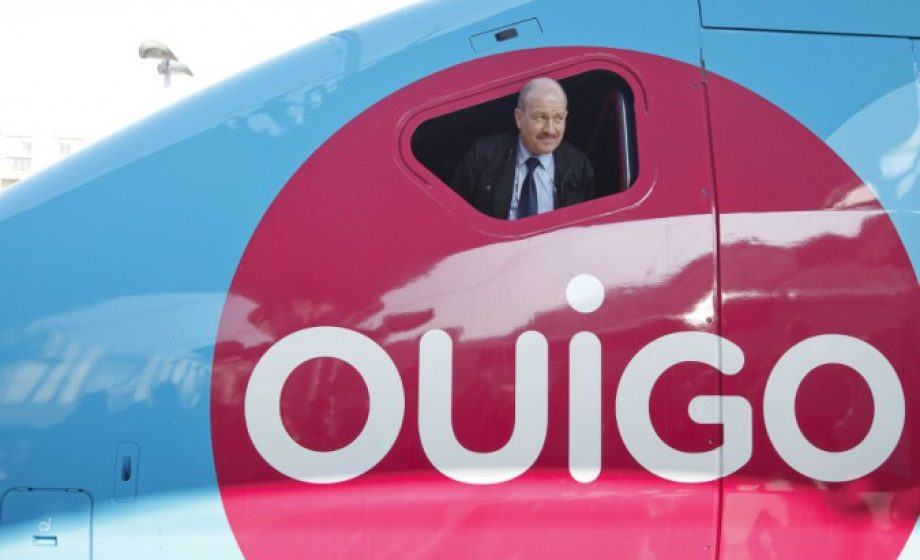
Earlier this year, we wrote about SNCF’s Porte-à-Porte service (literally, “door-to-door”), which the train company began testing in Aix-en-Provence, allowing train travelers to order a taxi to the departing train station, as well as from the arriving train station. One of many ways in which SNCF has been preparing for the incoming competition later this year, the service has now been extended to be available to Paris Gare de l’Est and Strasbourg as of today, and will later serve Paris’s Gare de Lyon and Lyon’s Part Dieu train stations later this year.
With three of France’s most popular long-distance train routes covered on the service, SNCF is looking to regain control of the once indominable taxicab market, which has been rattled by incoming smartphone-enabled chauffeur services, as well as public transportation, as the economic crisis rages on.
In addition, SNCF launched earlier this year a low-cost train service, OUIGO, a pun on the French word Oui pronounced ‘we’ meaning “Yes”, and the English word “go,” connoting both “Yes, Go” and “We Go.” The cheap service travels from Paris, technically (about an hour’s train ride from the Marne La Vallée stop and the center of Paris), to Lyon, Marseille, and Montpellier. The new train brand’s slogan, “High Speed, Low Cost” (in French les trains à grande vitesse et à petits prix), underlies their efforts to undercut the competition before it arrives, as well as maintain their high-speed branding.
While neither of these services on their own will keep SNCF from being as untouchable as it has been up until now, it is certainly clear that this former monopoly is not going down without a fight.

